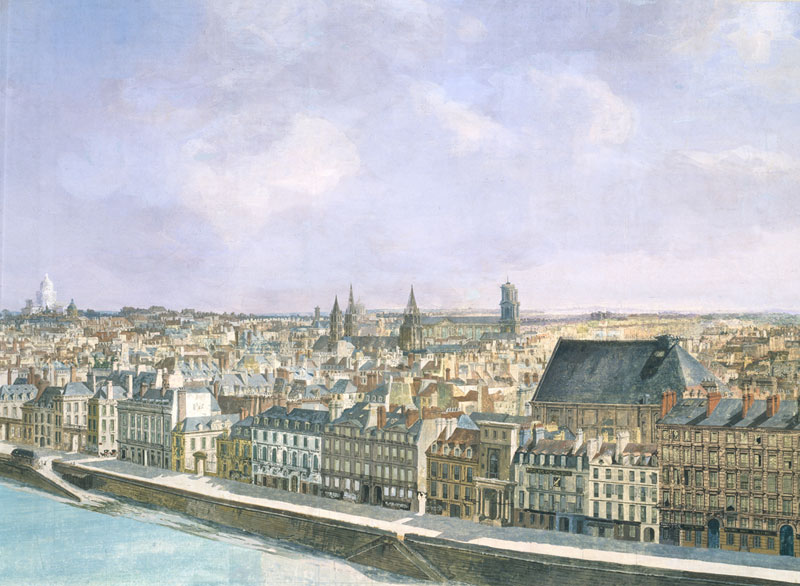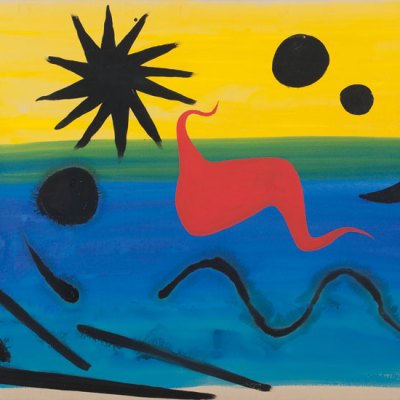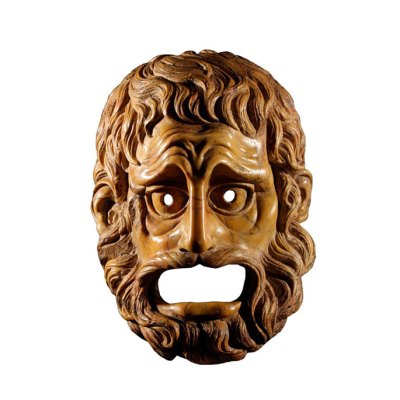New highlights every day from TEFAF Maastricht
Panorama of Paris (detail)
(c. 1805–13), Pierre Prévost
It was an Irishman, Robert Barker, who invented the panorama, patenting it in 1787 and in 1792 presenting views of Edinburgh made on a cylindrical surface. He built the first purpose-built panorama rotunda the following year in London’s Leicester Square, and made a fortune. Viewers standing at the centre of a large circular canvas were offered a 360-degree, bird’s-eye view, in which the rules of perspective had to be observed precisely. James Thayer, an American, built two rotundas in Paris in 1800, the first opening with a panorama of the city by Pierre Prévost, a pupil of Pierre-Henri de Valenciennes. Prévost went on to paint another 16 panoramas, including battle scenes, the accuracy and effect both drawing unanimous admiration.
At TEFAF, Kugel is constructing a cylindrical room of about three metres in diameter to house the 10 gouache views of Paris made from the roof of the Pavillon de Flore at the Louvre. These preparatory studies were enlarged to 10 times their size for the full-scale panorama exhibited in Vienna in 1814 and subsequently destroyed. Few of such panoramas survive, but their illusionistic effect is as extraordinary today as it was 200 years ago.
Selected by Susan Moore.



